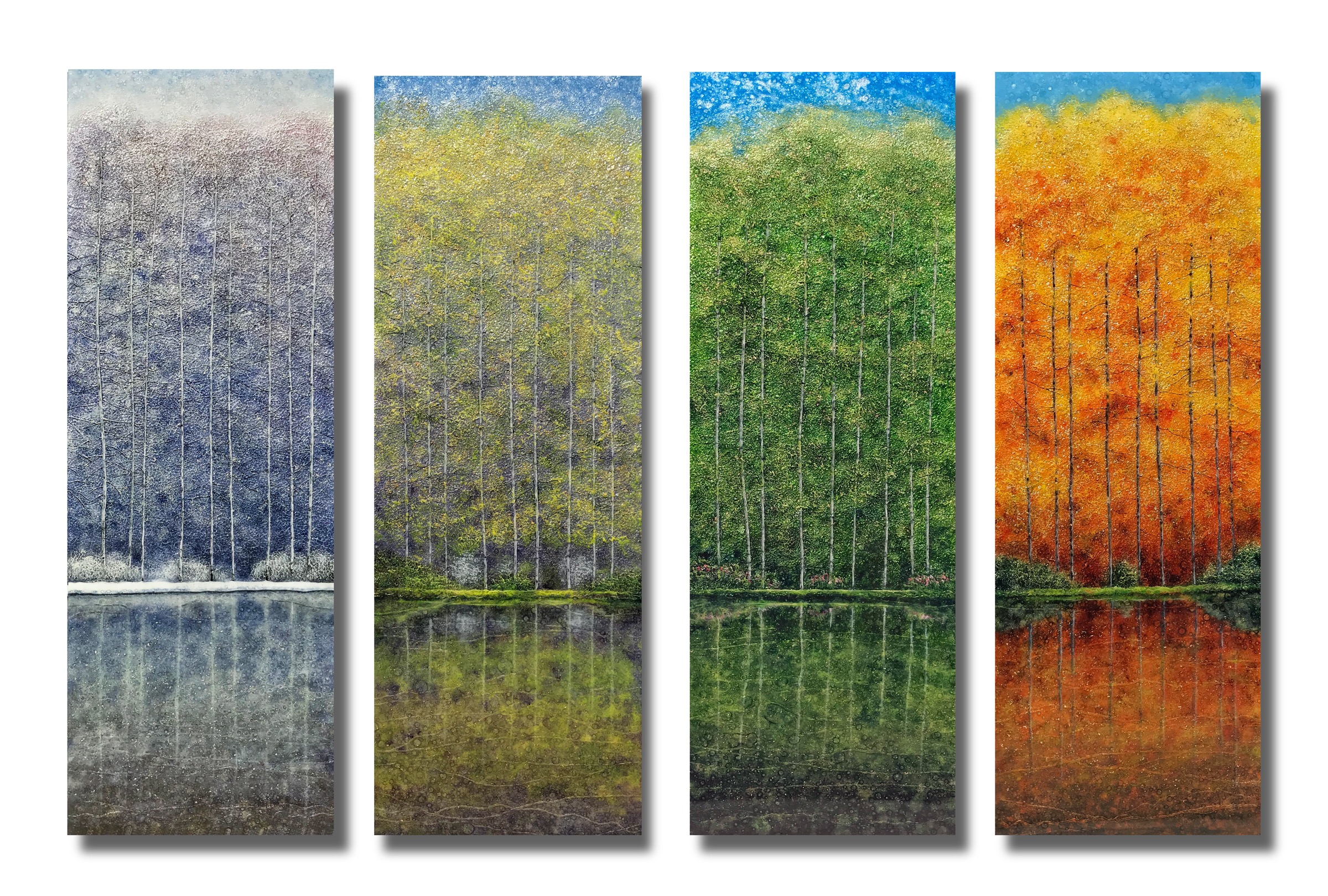Here’s an interesting email just received:
Greetings! My name is Brad Robinson from Austin, Texas I actually observed my wife has been viewing your website on my laptop and i guess she likes your piece of work, I'm also impressed and amazed to have seen your various works too.You are doing a great job. I would like to receive further information about your piece of work and what inspires you. I am very much interested in the purchase of your pieces to surprise my wife. Kindly confirm the availability of beautiful pieces for immediate sales.
Thanks and best regards, Brad
This is a classic email from an art scammer. Iterations of this same email are sent to unsuspecting (and sometimes trusting) artists all over the country. I literally get a version of this exact email (these scammers are not very creative) every week. I usually either delete the email or write something snide back to them indicating that they should be ashamed of themselves for treating people this way, or asking them how the weather was in Russia.
This week…I was in the mood to play…
This week though, I was in the mood to play (and waste their time). This is how it all went down (the scammer’s email is in bold, and my responses are in regular type):
My name is Larry from Phoenix was looking for some artwork online and i found your contact while searching. I will like to purchase some of your work for my wife as a surprise gift for our 20th anniversary. Please send pics and prices of some of your art which are ready for immediate sale within price range $200- $1000 I hope to hear a lot more about any available piece in your inventory ready for immediate sale.
Thanks and best regards, Larry
Me: Oh! How nice!
“Larry”: Believe you work as an artist,If yes forward to me your works. Where do you live?.
Me: Yes I do! Thank you so much!
“Larry”: Alright, i will be waiting for the pictures so we can proceed further. Thanks
Me: Can you send me pictures too? I love pictures.
“Larry”: I want to see the pictures you have so we can proceed further. Thanks
Me: What would you like to see?
“Larry”: Some pictures of your work within the price range so we can proceed further. Thanks
Me: What kind of paintings do you want? I have lots of them.
“Larry”: You can choose please from what you have available for immediate purchase.
Me: It’s hard for me to choose. I like all of them.
“Larry”: How about your paintings called “Autumn Day Afternoon” and “Morning Light in the Woods”? I will like to purchase both. What is your price?
Me: They’re sold.
“Larry”: Can you send me please some photos and prices of paintings you have available that are not sold?
Me: Actually, I can do better than that Larry. I have an art agent in Phoenix and he said he can meet with you to show you several very nice paintings in your price range. Please feel free to give him a call! His name is William Abernathy and can be reached at (623) 466-1999. I know you'll be delighted. Please let me know which painting you end up purchasing for your wife! :)
__________________________________
I never did hear back from “Larry”. The number I gave him was for the Phoenix office of the FBI. SURPRISE!












